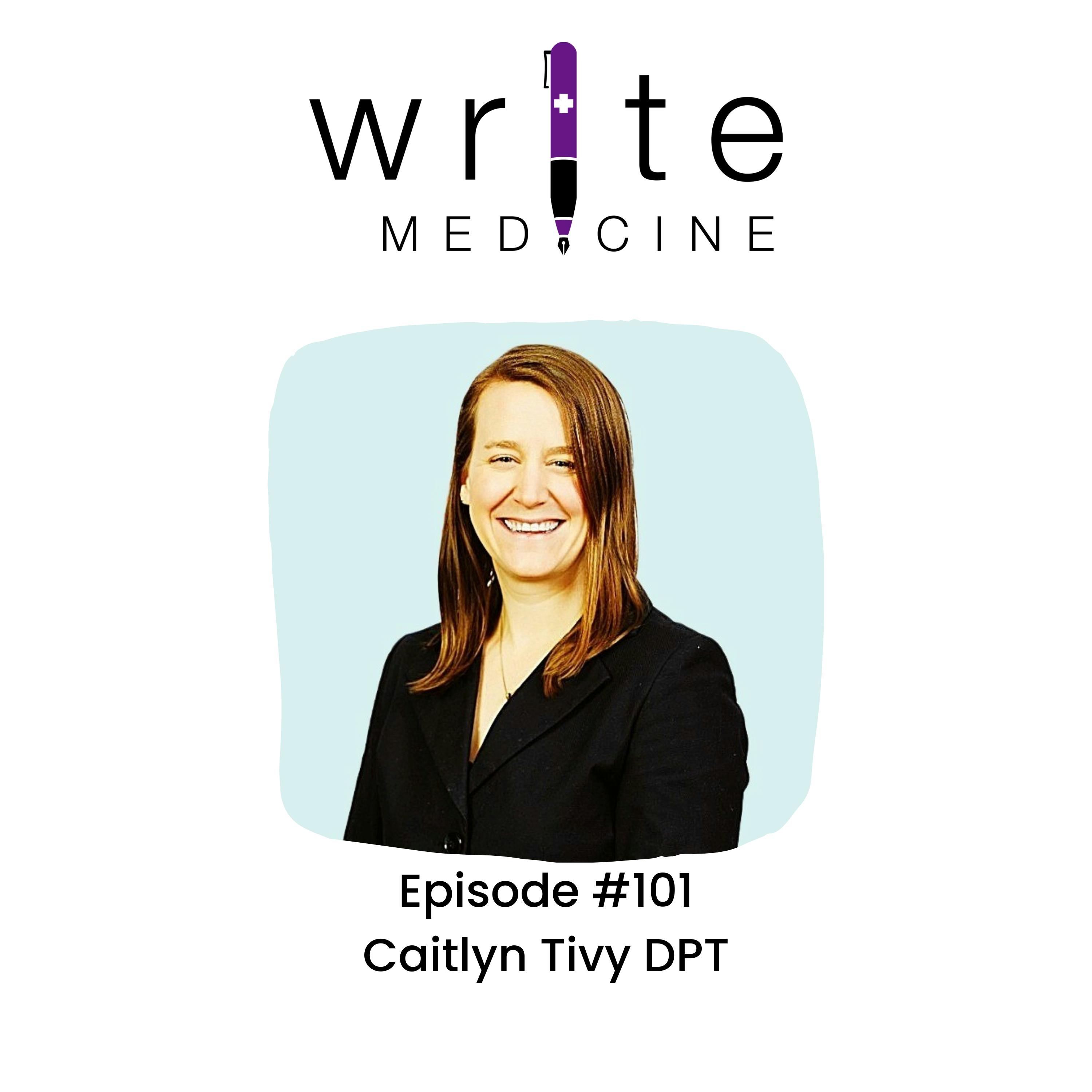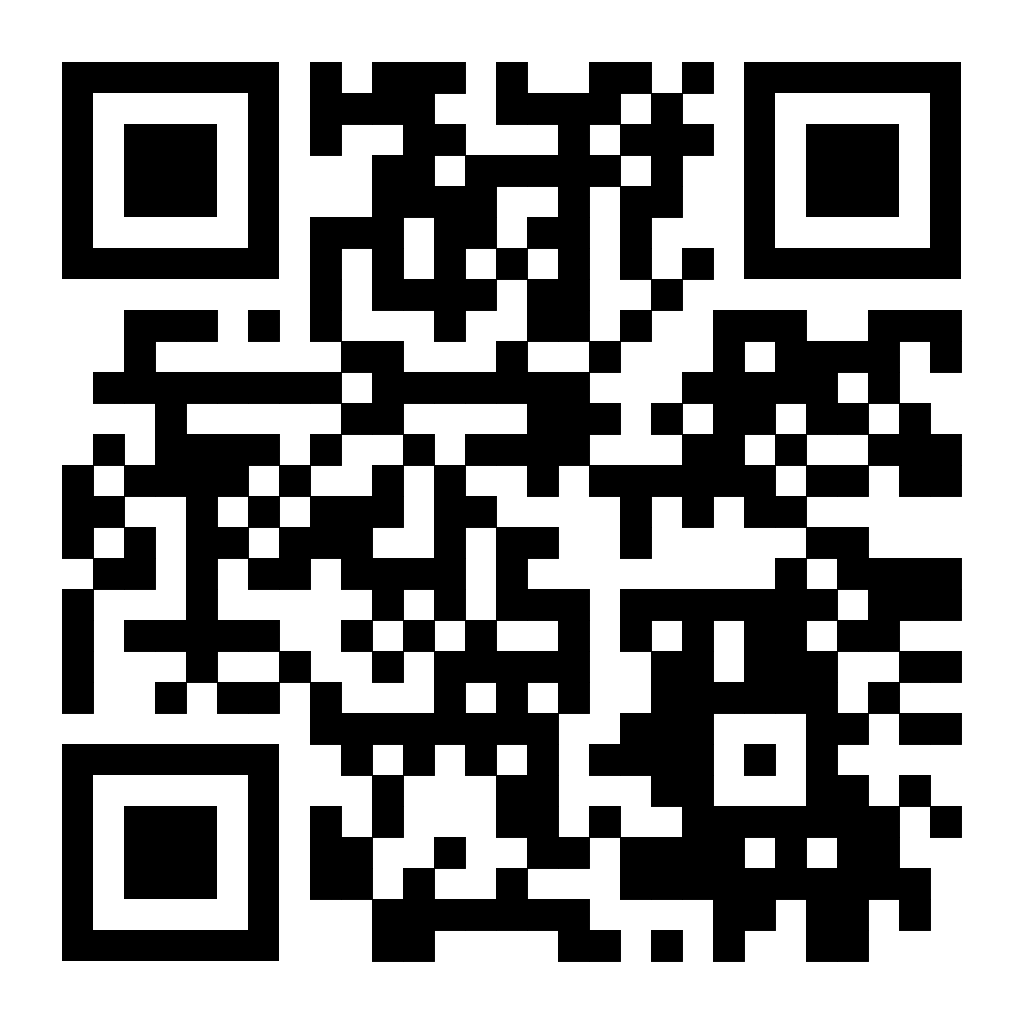Femtech and Inclusive CME/CPD: A Conversation with Caitlyn Tivy DPT
Have you ever wondered how biases in medical research and education can significantly impact women’s health and health in the LGBTQ+ community? Do you want to learn how you as a CME/CPD professional can promote inclusive and equitable language in your work, and why this is important in CME content creation?
My guest today is Caitlyn Tivy DPT, a physical therapist, medical writer, and femtech pioneer. In today’s episode, episode 101, we explore concrete ways CME/CPD professionals can help propel a shift toward more inclusive and equitable education and, ultimately, patient care. Caitlyn shares where harm has been done to women and LGBTQ+ patients through exclusion and bias in everything from clinical trials to medical curricula and terminology. We explore the real-world consequences of these biases, such as the underdiagnosis of heart attacks in women and the mismanagement of endometriosis.
This episode is a call to action for us as CME/CPD professionals to embrace inclusivity and equity in our work.
Takeaways
1. Inclusive language matters in CME/CPD, and why it’s crucial for education activities and content to challenge biases and gaps in healthcare and medicine.
2. Femtech extends beyond reproduction and includes technology and services for various health conditions.
3. CME/CPD professionals can influence an education shift toward women’s health and address care for LGBTQ+ individuals.
Action Steps
1. Educate yourself on how to use inclusive language in CME/CPD. Consider enrolling in an AMWA course or reading resources like “Sex Matters” and “Invisible Women.”
2. Engage in conversations with supervisors or peers to advocate for inclusive language and gender-inclusive care in CME and to identify the under-representation of women’s health, LGBTQ+ health, and marginalized groups in CME.
3. Explore opportunities to include information about gender and sex-inclusive care in CME/CPD and contribute to creating a more comprehensive and inclusive healthcare education landscape.
Resources
Grab your copy of the CME/CE Content Creator’s Inclusion Toolkit
Clayton JA, Tannenbaum C. Reporting sex, gender, or both in clinical research? JAMA. 316(18):1863-1864.
McGregor AJ. Sex Matters: How male-centric medicine endangers women’s health and what we can do about it. Hachette Go, 2020.
Perez CC. Invisible Women: Data bias in a world designed for men. Abrams Press, 2019.
Redwood Ink. Inclusive Language Course
Every R, Napolitan C, Wilson T. Improving Patient Care for the LGBTQ+ Community Through Continuing Education. Alliance Almanac. Feb 20, 2024.
Time Stamps
- (02:55) – Addressing biases in clinical practice and education
- (09:54) – The role that continuing education plays in starting to shift this narrative away from women’s health
- (16:27) – Caitlyn’s perspective on funding driving content
- (20:44) – Resources she recommends to writers to help them get up to speed on inclusive and equitable language
- (24:27) – Approaching research with a specific patient population in mind
- (28:09) – What Femtech is and why it’s important
- (29:34) – Caitlyn’s hope for providers who work in healthcare
- (32:05) – Femtech: growing field beyond women’s health issues
- (34:01) – Caitlyn’s final thoughts
- (37:23) – Putting today’s insights into action
Subscribe to the Write Medicine podcast!
Don’t forget to subscribe to the Write Medicine podcast for more valuable insights on continuing medical education content for health professionals. Click the Follow button and subscribe on your favorite platform.


































